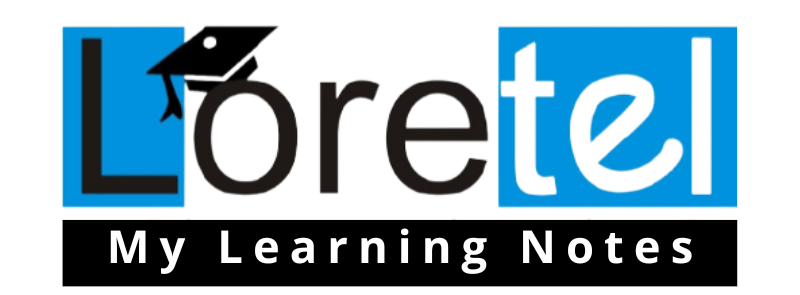Title: Mastering the Art of Coding in Python: A Beginner’s Guide
Introduction
In the ever-evolving world of programming, Python has emerged as a star player. Its simplicity, readability, and versatility make it the go-to language for both seasoned developers and beginners. Whether you’re just dipping your toes into the world of coding or you’re an experienced programmer looking to add a new language to your skillset, Python is an excellent choice. In this blog, we’ll embark on a journey to explore Python programming and why it’s an essential skill for aspiring programmers.
Why Python?
Before we dive into the world of Python coding, let’s understand why Python is such a popular and well-loved programming language.
- Readability: Python’s syntax is straightforward and resembles the English language. This makes it easy to read and understand, even for those new to programming.
- Versatility: Python is incredibly versatile. You can use it for web development, data analysis, artificial intelligence, scientific computing, and more. It has a vast ecosystem of libraries and frameworks that make various tasks simpler.
- Community and Resources: Python has a massive and active community of developers. This means you’ll find plenty of resources, forums, and tutorials to help you on your coding journey.
- Employability: Python skills are highly sought after by employers. Many industries and tech giants, including Google, NASA, and Instagram, rely on Python for various applications.
Getting Started with Python
Now that we’ve established why Python is a fantastic choice for beginners, let’s explore how to start coding in Python.
1. Installing Python
The first step is to install Python on your computer. You can download the latest version of Python from the official website (python.org). Python is available for Windows, macOS, and Linux, so you can use it on virtually any platform.
2. Choosing an IDE (Integrated Development Environment)
An IDE is a software application that provides a convenient environment for coding. There are many IDEs available for Python, and some popular choices include:
- IDLE: This is Python’s built-in IDE and is a simple, lightweight option.
- PyCharm: A professional-grade IDE developed by JetBrains, which offers a free Community Edition.
- Visual Studio Code: A popular and highly customizable code editor with Python support.
3. Writing Your First Python Code
Let’s start with the traditional “Hello, World!” program. Open your chosen IDE, create a new Python file, and type:
print("Hello, World!")Save the file with a “.py” extension and run it. You’ll see “Hello, World!” printed on your screen. Congratulations, you’ve written your first Python code!
4. Learning the Basics
Python has a few fundamental concepts that every beginner should master:
- Variables: Used to store data.
- Data Types: Python supports integers, floats, strings, lists, and more.
- Conditional Statements: Such as if-else statements.
- Loops: For and while loops for repetitive tasks.
- Functions: Reusable blocks of code.
- Libraries: Python’s power lies in its libraries, so learn how to import and use them in your code.
5. Practice and Explore
Python is a language that rewards experimentation. As you become more comfortable with the basics, start working on small projects, experiment with Python libraries, and contribute to open-source projects. The best way to learn is by doing.
Conclusion
Python is a versatile, beginner-friendly, and highly sought-after programming language. Whether you’re aspiring to be a web developer, data scientist, or AI engineer, Python will be an invaluable tool in your programming journey. Start by installing Python, choosing an IDE, writing your first code, and mastering the basics. As you practice and explore, you’ll unlock the full potential of Python and open doors to a world of coding possibilities. So, grab your keyboard, get coding, and embark on an exciting journey in the world of Python!


Leave a Reply